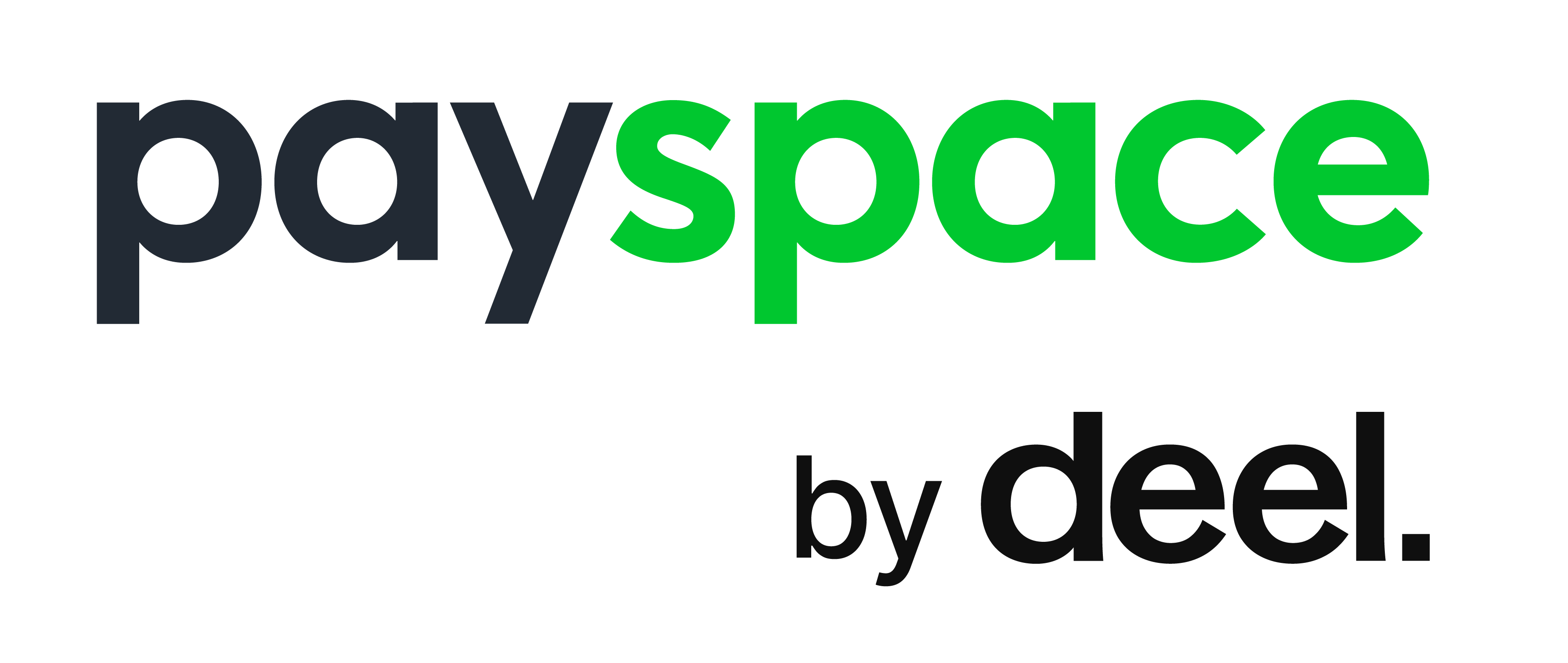In the age of the pandemic, technologies have advanced rapidly to close the gap in ensuring all aspects of a business could continue. However, this has led to companies having to adapt quickly to ensure that they are on top of the new technologies. Not even the HR department has been left out of this rapidly changing climate. Businesses need to provide HR solutions to help employees become more self-sufficient.
Organisations need to constantly pivot and adapt to new circumstances to stay competitive, meaning that planning ahead is easier said than done. This can be seen of the effects that the pandemic and rapidly advancing technology has had on many businesses and is proof that businesses aren’t always ready for the next step.
The pandemic and payroll and HR solutions
The global COVID-19 pandemic had a significant impact on global payroll operations. As a result, payroll leaders worldwide found themselves faced with a slew of critical questions that need to be answered, such as which trends are impacting payroll operations in the future, which technologies are becoming key, and where payroll is headed in the future?
One significant change brought on by the pandemic is a growing move to incorporate more intelligent automation, employee self-service (ESS), cloud-native solutions, and artificial intelligence into the payroll. Concurrently, the pandemic saw workers’ expectations shift, with hybrid working becoming the norm, meaning employee experience is becoming more critical than ever.
This means that employees had to be able to be self-sufficient, not only with their duties, but even their payroll solutions.
However, there is a real opportunity to embrace these changes to positively impact payroll and relationships with employees by harnessing these technologies to strengthen the relationship between the organisation and its workforce.
Embracing technology in payroll
This is where both ESS (Employee Self Service) and the cloud feature heavily. In essence, ESS is an application that enables staff members to access and make changes to their HR, payroll, and benefits information. This application is backed by the cloud, meaning that ESS gives employees complete control over their personal work affairs. An employee isn’t just a visitor in their own seat. They must have the opportunity to control and monitor their work affairs, which gives them a sense of purpose and inclusion.
This application allows for easy access and is user friendly. Employees can use the application to update personal information, get access to payslips, and even see their leave balances and request leave easily and quickly.
They also have the ability to access a wide range of useful tools and resources. It is also an excellent way to alleviate the burden of mundane, onerous routine administration and enables workers to access their personal HR data.
And the benefits go beyond convenience to the employee. These processes can also benefit the HR department. It allows for better data management and no more paperwork going missing.
Other benefits include less paperwork, more accuracy and far less admin, all of which result in cost savings, which is a great benefit to the organisation as a whole. These savings extend into multiple areas of the organisation. A massive chunk of any HR department’s time is taken up processing employee data and answering their questions. ESS lessens the time spent on administration, as it organises the workforce’s benefits, payroll, leave, and personal information into one central hub.
The power tool: Power BI
Another excellent tool that is reshaping the payroll landscape and helping empower employees is Power BI. This is, in essence, a modern, prominent, and flexible reporting toolset. Which at a time where human resource and payroll departments are continually on the lookout for ways to improve efficiency and accuracy and manage payroll more effectively is extremely useful.
With Power BI, PaySpace is able to consolidate information extracted from staff management, performance, remuneration and other platforms, enabling performance indicators to be monitored and analysing the data to see the influence workers have on the company.
This makes it easier for those in management positions to make calculated decisions based on the outcome of an employee’s future in the organisation.
In addition, the dashboards allow employee data to be visualised and analysed, including productivity levels, supplementary work, benefits, leave, travel, other expenses, and much more. In a nutshell, Power BI is a full end-to-end analytics and reporting solution built on Microsoft Power BI. It helps organisations of every size, from multinationals to their SME counterparts, uncover useful HR insights that enable more strategic decision making.
It also enables HR professionals to make data-driven decisions that will allow them to attract, manage, and retain top talent, which boosts their return on investment. Enabling business heads to make the right decisions to create better work environments and ensure employees are as productive as possible.
In fact, Power BI can significantly impact a company’s bottom line when used effectively.
When an organisation enables its employees to access and update their own information, it not only saves a fortune in time and money, but it also benefits the workforce by giving them more accurate, transparent, and timeous information.
Staff members don’t want to wait around for basic information requests to be answered. Instead, they want to be able to access this at a click of a button. With Power BI and WhatsApp ESS, everything related to their employment is right there and can be accessed at any time, from anywhere.

